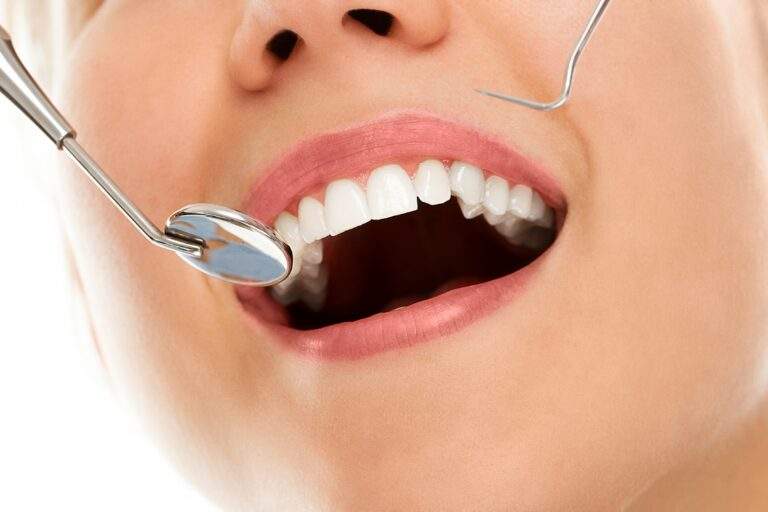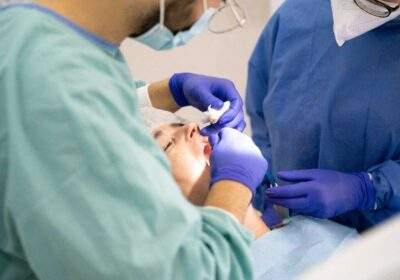
How Long Does Tennis Elbow Take to Recover? Understanding Treatment and Prevention
Tennis elbow, also known as lateral epicondylitis, is a common condition that affects the outer part of the elbow and forearm. Despite its name, tennis elbow is not limited to athletes and can affect anyone who engages in repetitive arm movements or activities that strain the forearm muscles and tendons. Understanding what tennis elbow is, how it develops, the available treatment options, and the expected recovery time is crucial for effectively managing this condition.
Understanding Tennis Elbow
Tennis elbow is an overuse injury that primarily affects the tendons that attach to the lateral epicondyle, a bony bump on the outer part of the elbow. These tendons connect to the muscles that help extend the wrist and fingers. When these tendons are repeatedly strained or overused, small tears can develop, leading to pain, inflammation, and limited arm movement.
The name “tennis elbow” comes from the fact that it often affects tennis players due to the repetitive motion of the arm during a tennis swing. However, it can also occur in individuals who engage in activities like painting, carpentry, typing, or any task that involves repetitive gripping and twisting of the forearm.
Development of Tennis Elbow
The development of tennis elbow is typically gradual and results from repetitive stress on the forearm muscles and tendons. Repeating the same arm movements or motions can strain the tendons, leading to tiny tears. Over time, these tears can accumulate and cause pain and inflammation in the affected area.
Factors contributing to tennis elbow development include:
• Overuse and Repetitive Motion: Repeatedly using the forearm muscles and tendons in activities that involve gripping or twisting can strain the tendons and lead to tennis elbow.
• Incorrect Technique: Using improper techniques during sports or activities can put extra strain on the – tendons and contribute to the development of this condition.
• Age and Occupation: Individuals aged 30-50 years and those in occupations requiring repetitive arm movement are more susceptible to tennis elbow.
Treatment Options for Tennis Elbow
The treatment of tennis elbow usually involves a combination of rest, physical therapy, pain management, and lifestyle modifications. Here are common tennis elbow treatment options:
1. Rest and Ice:
• Resting the affected arm helps reduce strain on the tendons and allows them to heal.
• Applying ice packs to the affected area can help reduce pain and inflammation.
2. Physical Therapy:
• Physical therapists can guide you through specific exercises to strengthen the forearm muscles and improve flexibility.
• They may also use techniques like massage and stretching to alleviate pain and promote healing.
3. Pain Relief Medications:
• Over-the-counter pain medications like ibuprofen or acetaminophen can provide temporary relief from pain and inflammation.
4. Bracing and Splinting:
• Wearing a brace or splint may help support the affected arm and reduce strain on the tendons.
5. Corticosteroid Injections:
• In some cases, corticosteroid injections may be administered to reduce inflammation and relieve pain.How Long Does Recovery Take?
The recovery time for tennis elbow varies from person to person and depends on the severity of the condition, the chosen treatment approach, and how well the individual follows the prescribed treatment plan. In general, most people experience significant improvement within six months with appropriate treatment.
Mild cases of tennis elbow may resolve within a few weeks to a couple of months with rest and basic home care. However, more severe cases or those that have been present for an extended period may take several months of consistent treatment and rehabilitation.
Preventing Tennis Elbow and Recurrence
Preventing tennis elbow involves taking steps to reduce strain on the forearm tendons and muscles. Here are some preventive measures:
1. Proper Technique:
• Learn and use proper techniques in activities that involve repetitive arm movements.
• Avoid overexerting yourself and take breaks to rest your arms.
2. Strengthening Exercises:
• Incorporate forearm strengthening exercises into your routine to build muscle strength and endurance.
3. Warm-Up and Stretching:
• Always warm up before engaging in any strenuous activity and stretch your arms to improve flexibility.
4. Ergonomic Workspace:
• Ensure your workspace is ergonomically friendly, with proper desk and chair height and good posture to reduce strain on your arms.
Understanding Golfer’s Elbow
Golfer’s elbow, medically known as medial epicondylitis, is a condition similar to tennis elbow but affects the inner part of the elbow. It involves inflammation and pain in the tendons that attach to the medial epicondyle, the bony bump on the inner side of the elbow. This condition is often caused by repetitive stress and overuse of the forearm muscles.
Conclusion
Tennis elbow, though its name may suggest a sports-specific ailment, is a condition that can impact anyone engaged in repetitive arm movements. Understanding its origins, its progression, and the appropriate steps for recovery is essential. Treatment options like rest, physical therapy, and lifestyle adjustments, when followed diligently, can significantly expedite healing. However, patience is crucial, as full recovery may take anywhere from a few weeks to several months. Preventive measures, including proper technique and forearm strengthening exercises, play a pivotal role in warding off tennis elbow and maintaining long-term arm health.
Similarly, golfer’s elbow presents a similar challenge, affecting the inner part of the elbow. Both conditions emphasize the significance of correct form during activities and the importance of muscular conditioning. By integrating these insights into our lifestyles, we not only manage and recover from these conditions but also reduce the risk of their recurrence. Remember, seeking professional medical guidance and adhering to a comprehensive treatment plan tailored to your specific situation is key to a successful recovery and future injury prevention. Your journey to optimal arm health begins with understanding and proactive care.
Always consult a Rheumatologists or visit a physical therapy clinic before jumping to any conclusion or for treatment.















